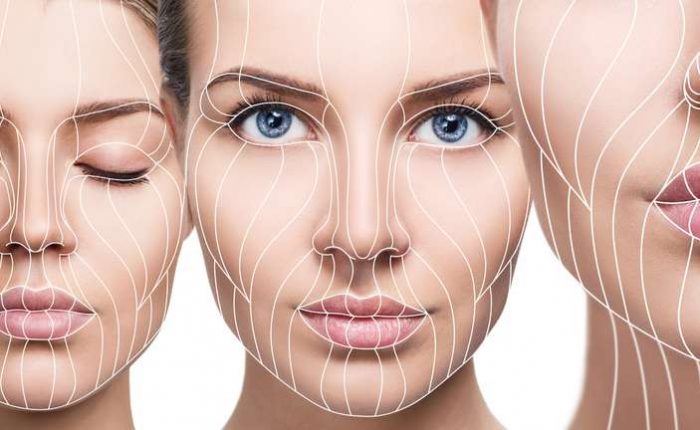What is a Deep Plane Facelift (in depth)
What is a Deep Plane Facelift? A deep plane facelift is a surgical procedure aimed at rejuvenating the face by addressing signs of aging in the deeper layers of tissue, particularly the muscles and fat pads. This technique differs from traditional facelifts, which primarily target the skin and superficial layers of tissue. Let’s delve into the specifics of deep plane facelifts, including how they compare to traditional facelifts, as well as the advantages and disadvantages associated with this procedure.
What is a Deep Plane Facelift?
- Technique: In a deep plane facelift, the surgeon repositions not only the skin but also the deeper layers of facial tissue, including the SMAS (superficial musculoaponeurotic system) layer. By accessing these deeper structures, the surgeon can achieve more comprehensive lifting and reshaping of the face, resulting in a more natural and long-lasting outcome.
- Incisions: The incisions for a deep plane facelift are typically similar to those used in traditional facelifts, often starting near the temples, extending along the hairline and around the ears, and sometimes extending into the lower scalp. These incisions allow the surgeon to access and lift the deeper facial tissues.
- Muscle Manipulation: During a deep plane facelift, the surgeon carefully separates and lifts the SMAS layer, allowing for precise repositioning of the underlying facial muscles. This technique addresses not only sagging skin but also underlying muscle laxity, resulting in a more comprehensive facial rejuvenation.
- Results: Deep plane facelifts typically provide more significant and longer-lasting results compared to traditional facelifts. By addressing deeper tissue layers, this technique can effectively lift and rejuvenate the midface, lower face, and neck, leading to a more youthful and harmonious facial appearance.
Comparison with Traditional Facelifts
- Depth of Correction: Traditional facelifts primarily focus on lifting and tightening the skin, while deep plane facelifts target deeper structures such as the SMAS layer. As a result, deep plane facelifts offer a more comprehensive and natural-looking correction of facial aging.
- Duration of Results: Deep plane facelifts tend to provide longer-lasting results compared to traditional facelifts. Because the deeper tissues are repositioned and secured, the effects of aging are less likely to compromise the outcome over time.
- Recovery Time: The recovery period for a deep plane facelift may be slightly longer compared to a traditional facelift due to the deeper tissue manipulation involved. However, both procedures typically require a similar timeframe for recovery, with swelling and bruising gradually subsiding over several weeks.
- Suitability: Deep plane facelifts are often recommended for individuals with more advanced signs of facial aging, including significant skin laxity and muscle sagging. Traditional facelifts may be suitable for those with milder to moderate aging concerns.
Positives of Deep Plane Facelifts
- Comprehensive Correction: Deep plane facelifts address multiple layers of facial tissue, providing a more thorough and natural-looking rejuvenation of the face and neck.
- Longevity: The results of a deep plane facelift are typically longer-lasting compared to traditional facelifts, reducing the need for additional touch-up procedures in the future.
- Enhanced Facial Definition: By repositioning the deeper tissues, deep plane facelifts can restore youthful facial contours and improve overall facial harmony.
Negatives of Deep Plane Facelifts
- Surgical Complexity: Deep plane facelifts are technically more complex procedures compared to traditional facelifts, requiring a high level of surgical skill and experience.
- Extended Recovery: The recovery period for a deep plane facelift may be longer compared to a traditional facelift, with swelling and bruising persisting for several weeks.
- Potential Risks: As with any surgical procedure, deep plane facelifts carry certain risks, including bleeding, infection, scarring, and nerve injury. However, these risks can be minimized by choosing a qualified and experienced plastic surgeon.
Conclusion
Deep plane facelifts offer a comprehensive and long-lasting solution for addressing advanced signs of facial aging. By targeting deeper tissue layers, this technique can achieve natural-looking results with enhanced facial definition and longevity. While deep plane facelifts require careful consideration and planning, they can provide significant benefits for individuals seeking comprehensive facial rejuvenation. It’s essential to consult with a board-certified plastic surgeon to determine if a deep plane facelift is the right option for your specific needs and goals.
Info on other types of facelifts? Find the full review on all types of facelifts HERE




